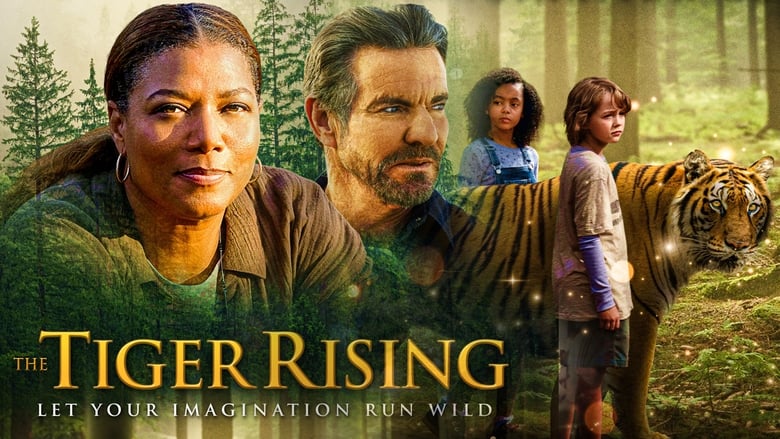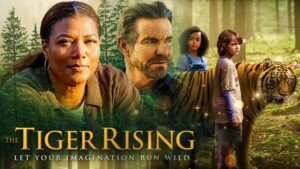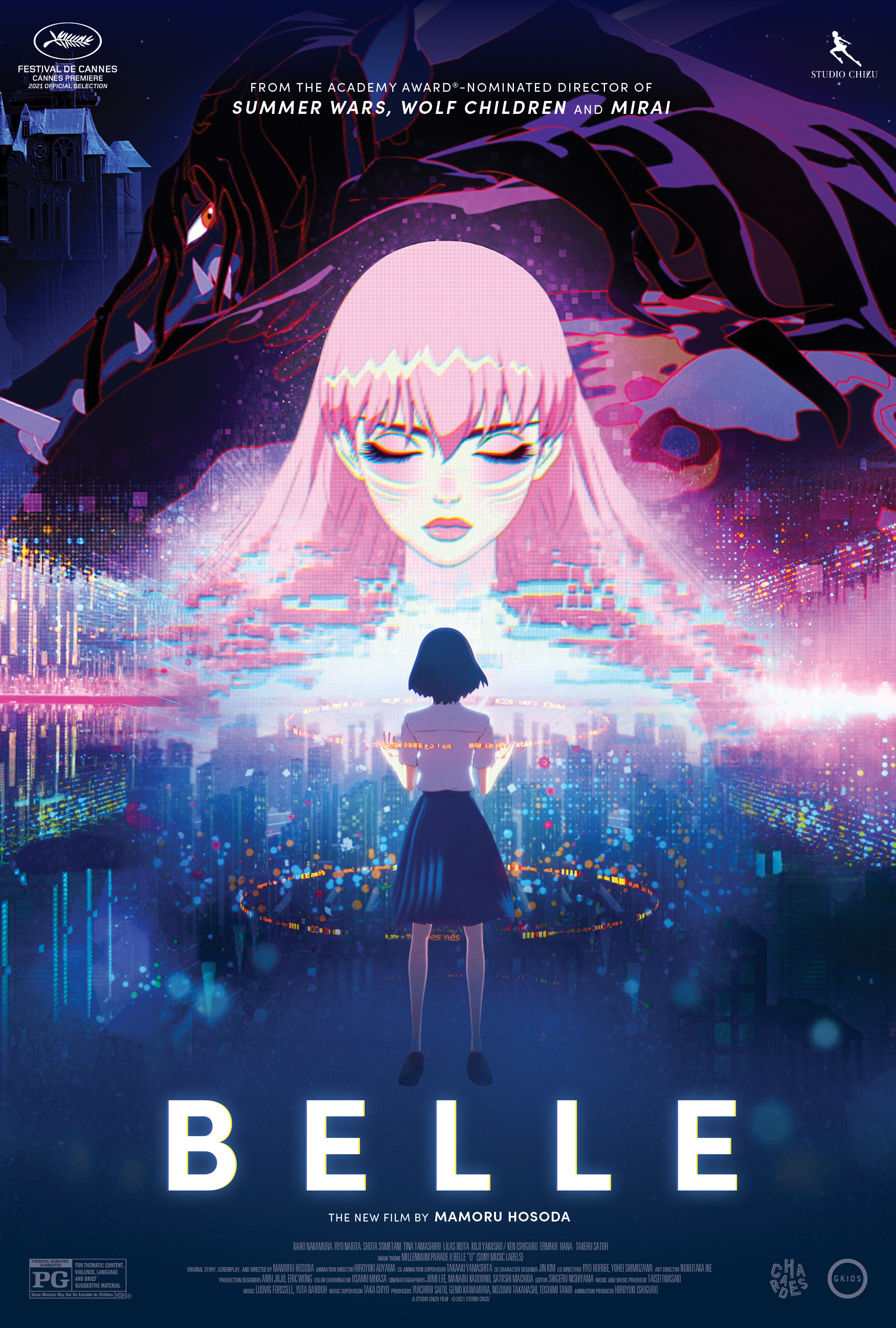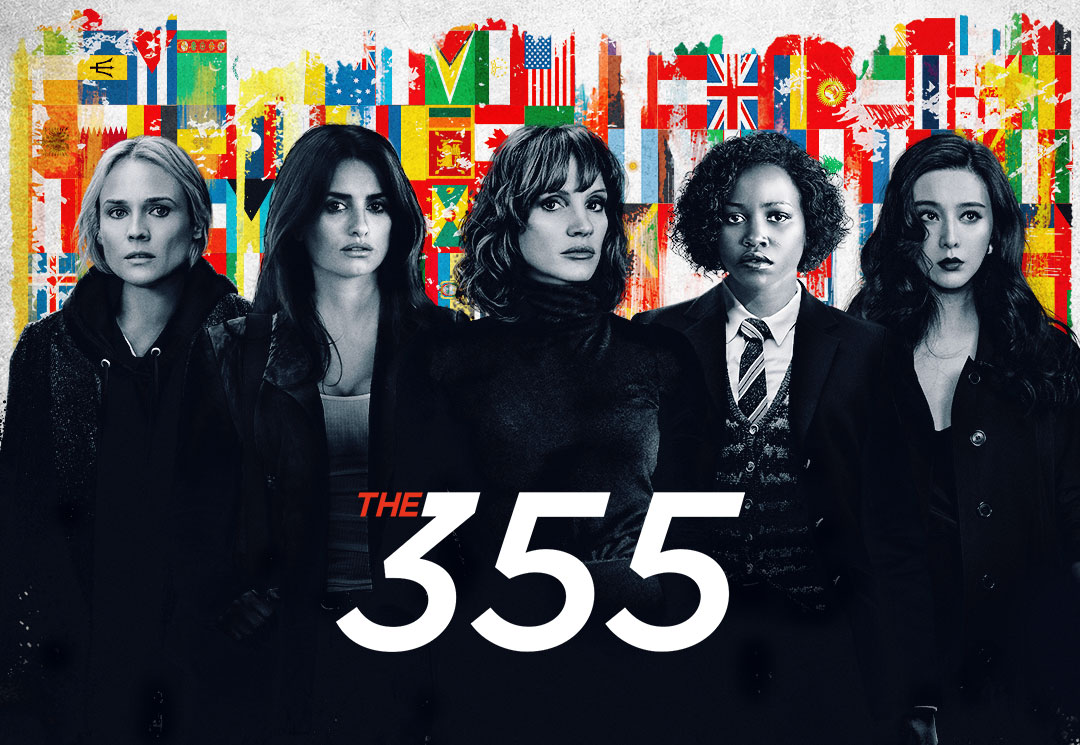Rifkin’s Festival
Posted on January 27, 2022 at 5:15 pm
B| Lowest Recommended Age: | High School |
| MPAA Rating: | Rated PG-13 for suggestive/sexual material and some drug use, language and thematic elements |
| Profanity: | Some strong language |
| Alcohol/ Drugs: | Alcohol and drugs |
| Violence/ Scariness: | Tense confrontations |
| Diversity Issues: | None |
| Date Released to Theaters: | January 28, 2022 |

Forty-two years and almost as many films later, Woody Allen returns to the setting and some of the themes of that film with “Rifkin’s Festival,” about a man who attends a film festival and is torn between two women as he is having an existential crisis about his purpose.
That man is Mort Rifkin (Wallace Shawn), who once taught film classes about classic European cinema but is now mired in working on a novel. He is not happy about attending the festival in San Sebastián, but he is worried that his wife, Sue (Gina Gershon) has a crush on one of her PR clients, a director who is being honored at the festival. Woody Allen for decades has been more interested in churning out movies than in taking the time and care to give the characters or storylines any depth, so Mort does not respond to this concern by talking to her or trying to be more engaged and thoughtful. Instead he sulks and develops psychosomatic symptoms. The title is something of a wry joke as Mort never goes to any of the festival’s screenings or events. The only films he sees are the ones in his head.
At a superficial level, it is mildly entertaining, with some very clever lines and the fun for cinephiles of seeing Mort’s angst expressed through placing his situation in the context of his favorite films, from “Jules et Jim” to “Persona.” Mort barely qualifies as a character but thanks to Wallace Shawn he is able to get some sympathy from us. The other characters are barely sketched as concepts, Sue and her director client as antagonists created out of Mort’s deepest insecurities and Jo (Elena Anaya), the doctor he consults and starts to flirt with, just another Allen fantasy figure, though thankfully one who is an actual grown-up.
I have nothing but support for those who have concluded that they do not wish to watch any more of Woody Allen’s films because of his behavior or his alleged behavior. But for those who separate the art from the artist, I would say that this movie at least gestures at some of the criticisms he has faced (see actual grown-up point and some reconsideration of intellectual snobbery — as well as some endorsement of it. All of it is treated very lightly and so pretty to look at that for a moment it almost seems that there may have been a second draft before he said “Action.”
Parents should know that this movie has mature themes including adultery and some strong language and sexual references, drinking and drugs.
Family discussion: What should Rifkin have said to Sue about his worries? What will he do next?
If you like this, try: “Stardust Memories” and “Annie Hall”









